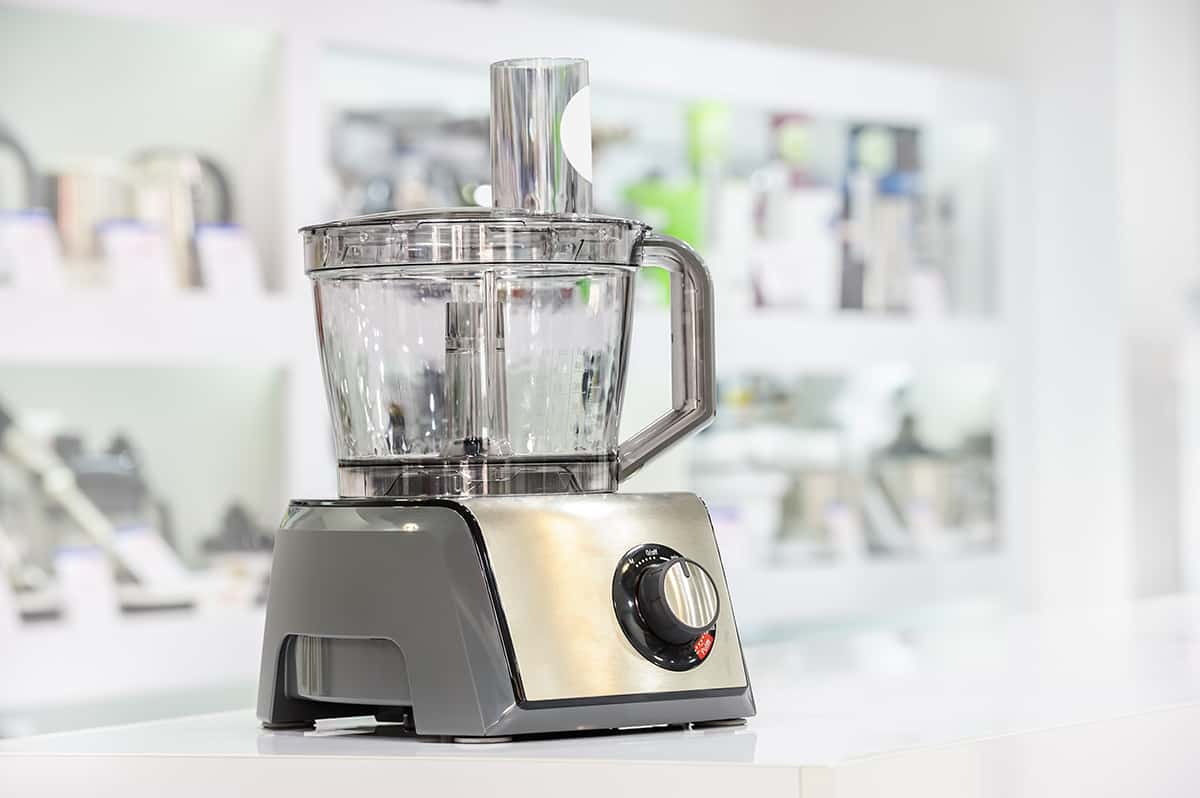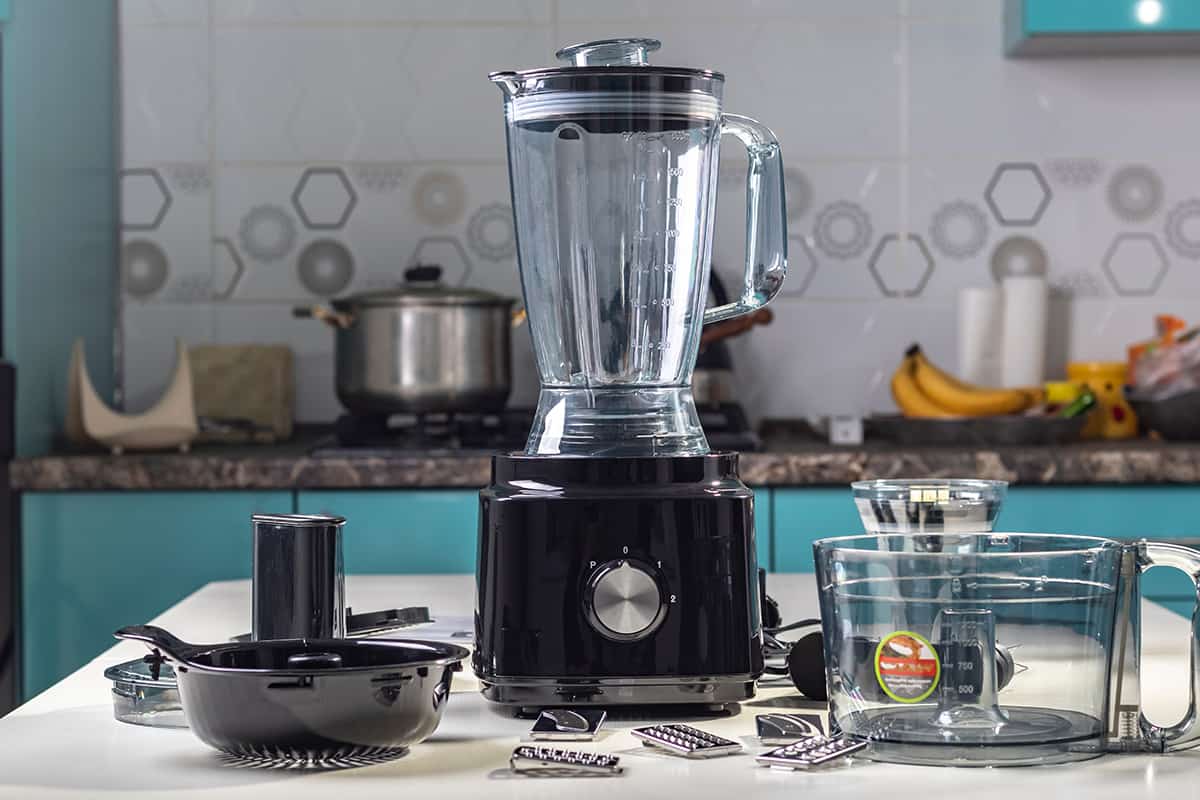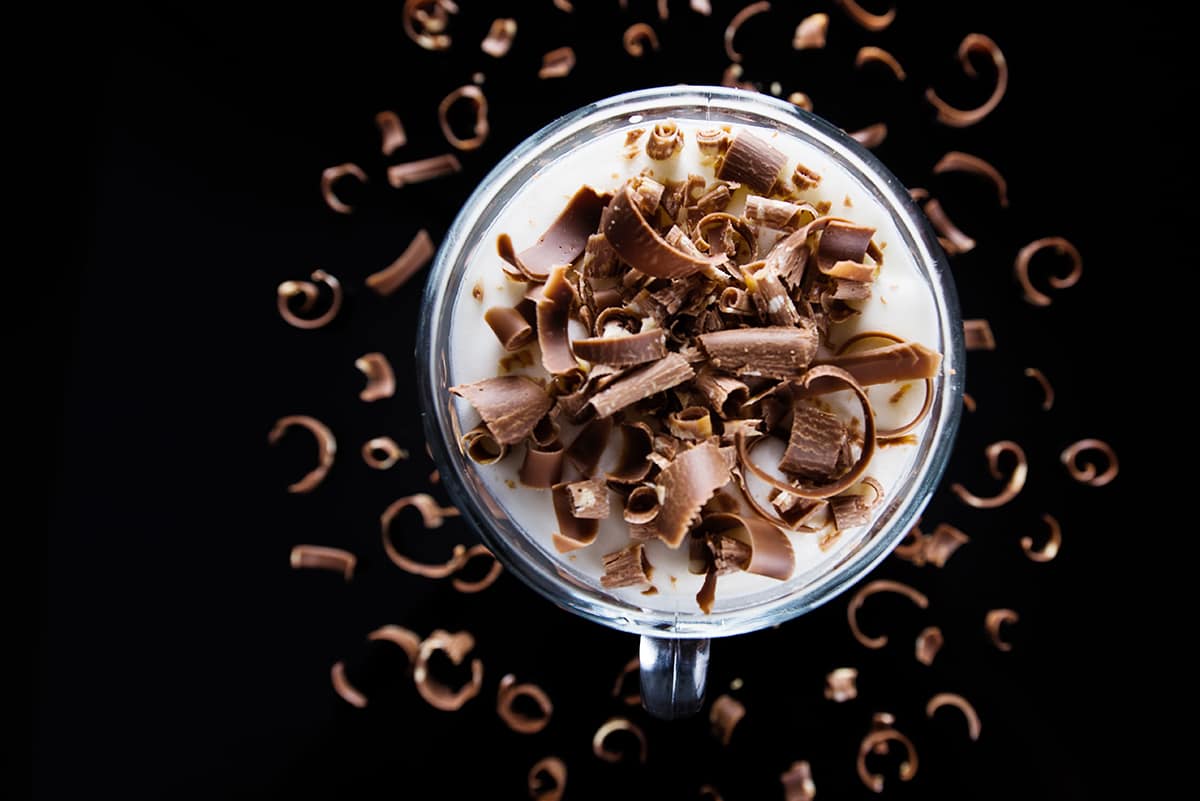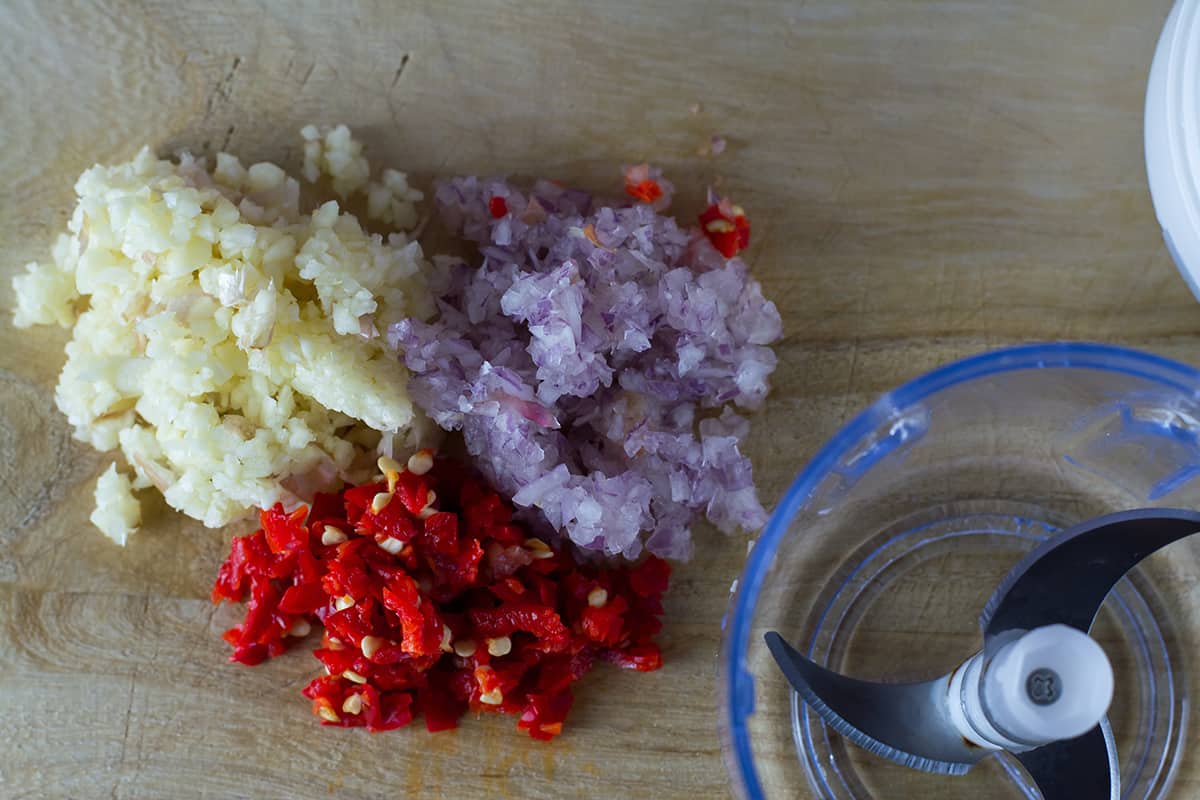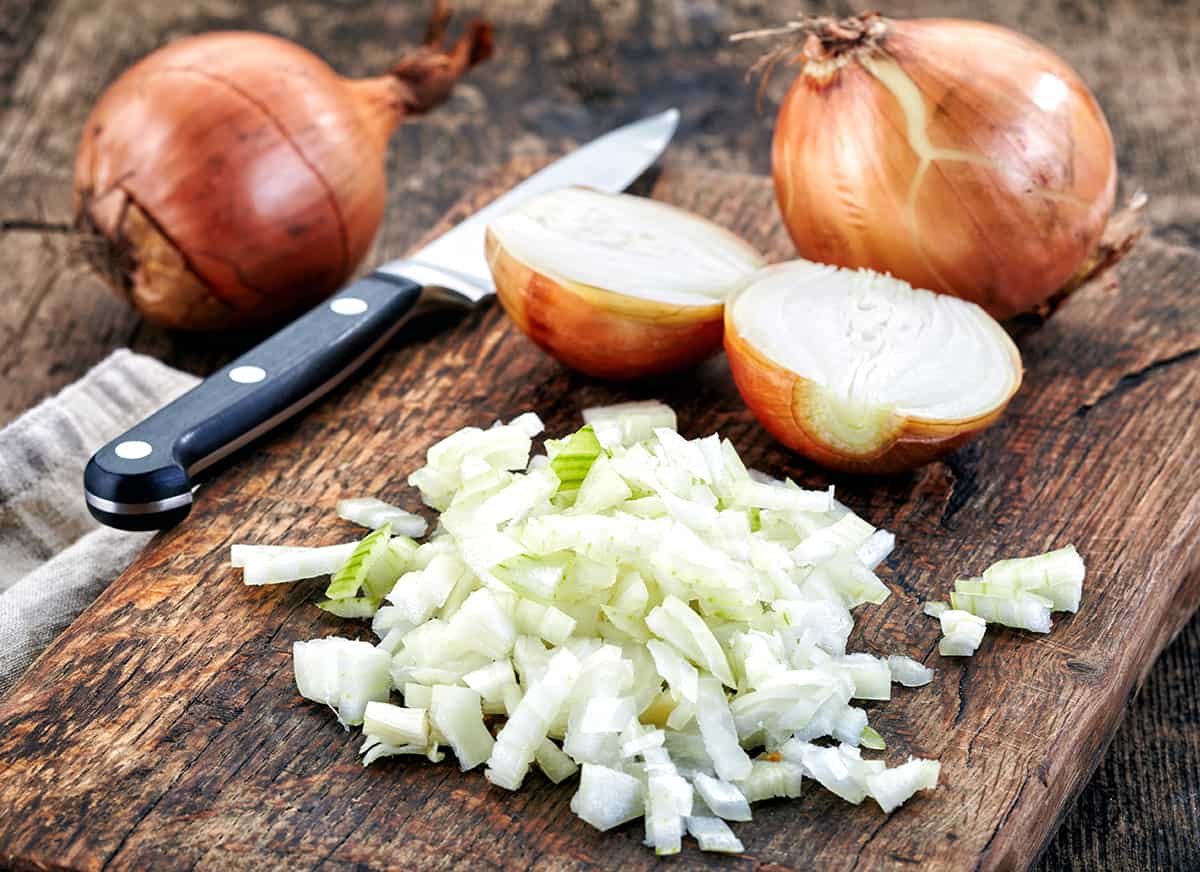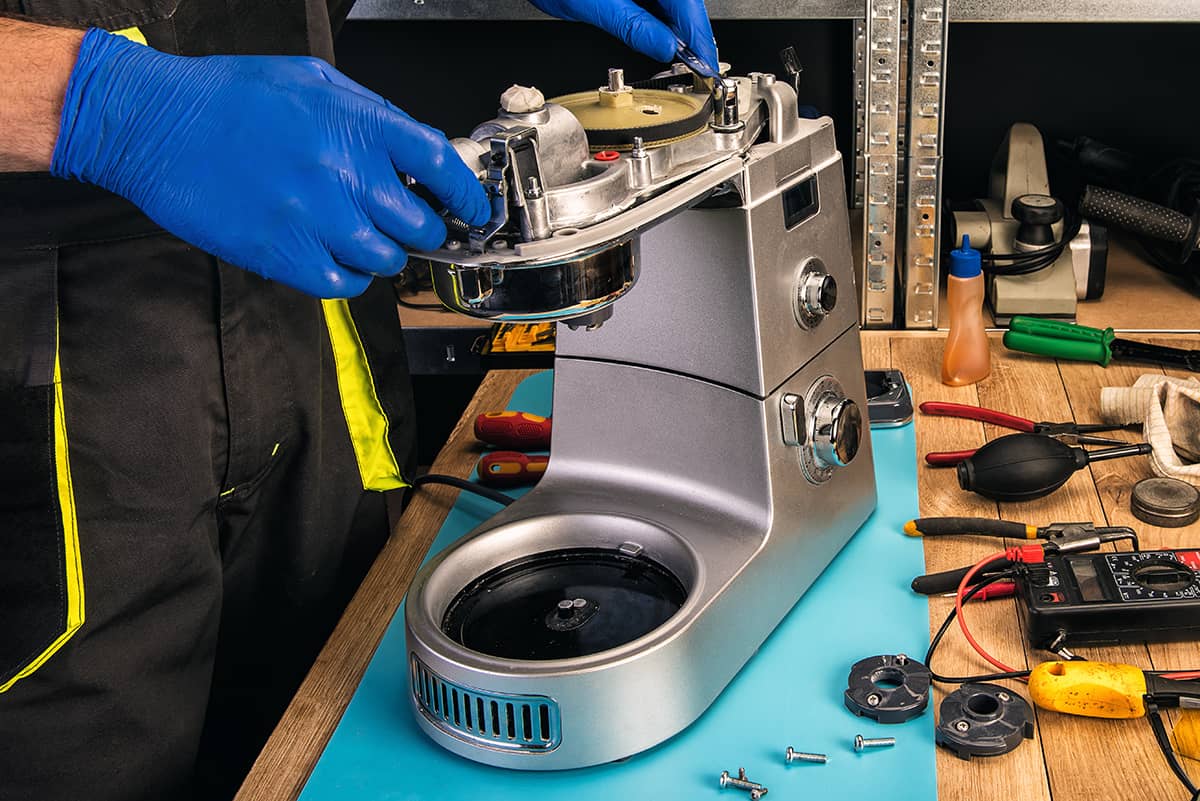Food processors are highly versatile kitchen appliances. They do simple work out of chopping vegetables and even blending smoothies. However, can a food processor take over the job of a stand mixer by mixing ingredients?
A food processor can absolutely be used to mix ingredients together, much like a conventional stand mixer. The main difference between food processors and stand mixers is that the food processor’s attachments are found at the bottom of the bowl, meaning you will need to mix with a food processor for much longer to blend the ingredients together.
In this guide, I’ll explain the differences between food processors and mixers, how you can perform mixing tasks in a food processor, and whether or not a food processor is a perfect substitute for mixers.
What Is a Food Processor?
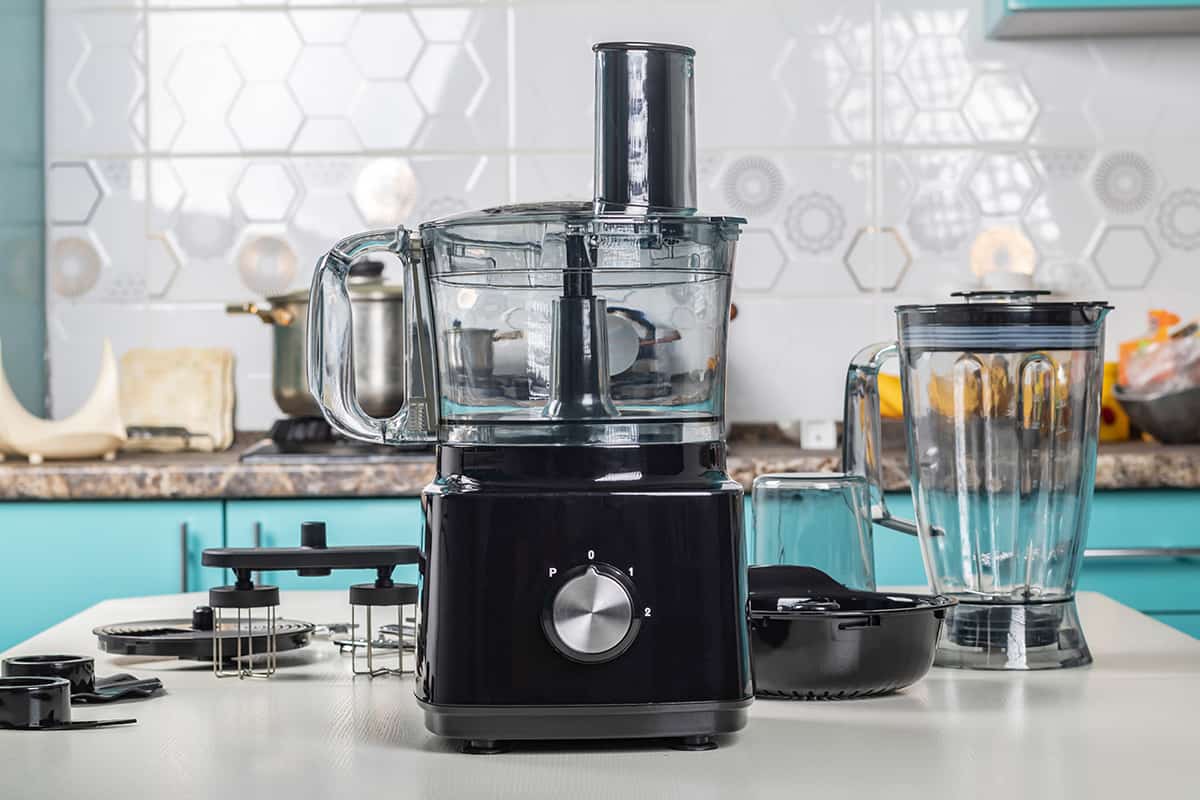
From its name, it can be difficult to tell what a food processor actually does. It’s an electric kitchen appliance that is used to prepare ingredients and recipes in numerous ways. You can alter how your food processor works by removing its attachment and substituting it for another.
Food processors consist of 4 main components—the motor house where all of the different processing options (speed, timer, etc.) are selected, a transparent bowl, a processing attachment, and a lid with or without a chute.
In general, a food processor is used for breaking ingredients down to small, manageable pieces. However, it can come with multiple attachments for simple chopping, julienning, shredding, dicing, and whipping. A food processor can replace all sorts of tools, such as mortars and pestles, graters, and even blenders.
Can a Food Processor Be Used as a Mixer?
So, how does a food processor compare to a mixer? Surprisingly well, as a matter of fact.
Mixers are usually used for a couple of things, including mixing ingredients, kneading dough, and whipping air into liquid ingredients (e.g., making whipped cream). With the right attachments, you can perform all of these tasks in a food processor.
There is a specialty attachment for food processors known as a kneading blade. It looks similar to the cutting blade of a food processor, but its blades are made of plastic or rubber and have dull edges. The design allows the blade to turn dough over while continuously folding it over to promote gluten development.
As for whipping and mixing ingredients together, you can use the standard cutting attachment. You might want to pulse the ingredients for 60 seconds rather than leave the food processor on for one minute nonstop. If your food processor comes with a feed chute, you can remove the cover and inspect the consistency of the mixed ingredients mid-pulse.
Can a Food Processor Replace a Mixer?
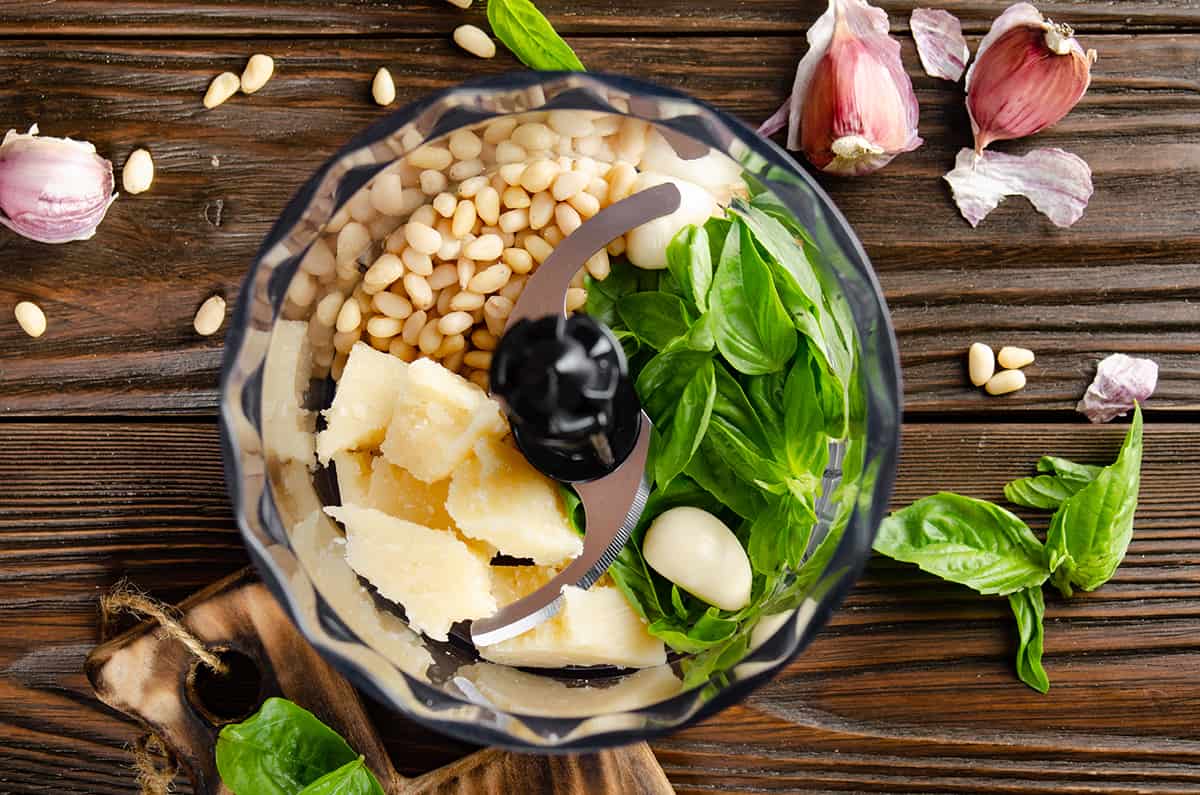
Yes and no. It’s clear that a food processor can knead doughs and mix ingredients together with the right attachments. However, these attachments are usually sold separately, and you will have to look for attachments that are compatible with your food processor.
Also, mixers, specifically stand mixers, are also highly versatile kitchen appliances. If you have a KitchenAid stand mixer, you can purchase all sorts of crazy attachments, including an ice cream maker, a pasta roller and cutter, a meat grinder, a grain mill, a spiral peeler, and more. Sadly, a food processor can do none of these.
However, if you plan on using a stand mixer only to mix cake batter, prepare balls of dough, or to make whipped cream (apart from its more common applications), then yes, a food processor can be a perfect substitute for a mixer. That said, it doesn’t hurt to have both in your kitchen!
A Side-by-Side Comparison Between Food Processors and Stand Mixers
The following table should give you a clearer idea of what a food processor can do and the limitations of stand mixers, even fancy KitchenAid models.
| Function | Food Processor | Stand Mixer |
| Slicing | Yes | Specialty attachment required |
| Shredding | Yes | Specialty attachment required |
| Kneading Dough | Yes | Yes |
| Peeling | No | Specialty attachment required |
| Mixing | Yes | Yes |
| Whisking | Yes | Yes |
| Mashing | No | Specialty attachment required |
| Juicing | No | Specialty attachment required |
| Chopping | Yes | No |
| Grinding | Yes | Specialty attachment required |
| Blending | Yes | Specialty attachment required |
Do I Need a Mixer If I Have a Food Processor?
It depends on what you are going to do with the food processor.
A hand or stand mixer is mainly used for mixing, whipping, and kneading—all of which can be done using a food processor. Unless you want to process ingredients into tiny chunks, and if you don’t want to spend hours in the kitchen doing so by hand, then yes, you should get a food processor.
Again, it boils down to what sort of attachments you have for your food processor. However, even without a kneading blade, you can form dough balls in a food processor. You will just have to knead it by hand on a flat surface. Most stand mixers will come with a kneading hook, so you can whip up fancy pieces of bread without shopping for additional kitchen equipment.
Can a Food Processor Replace a Blender?
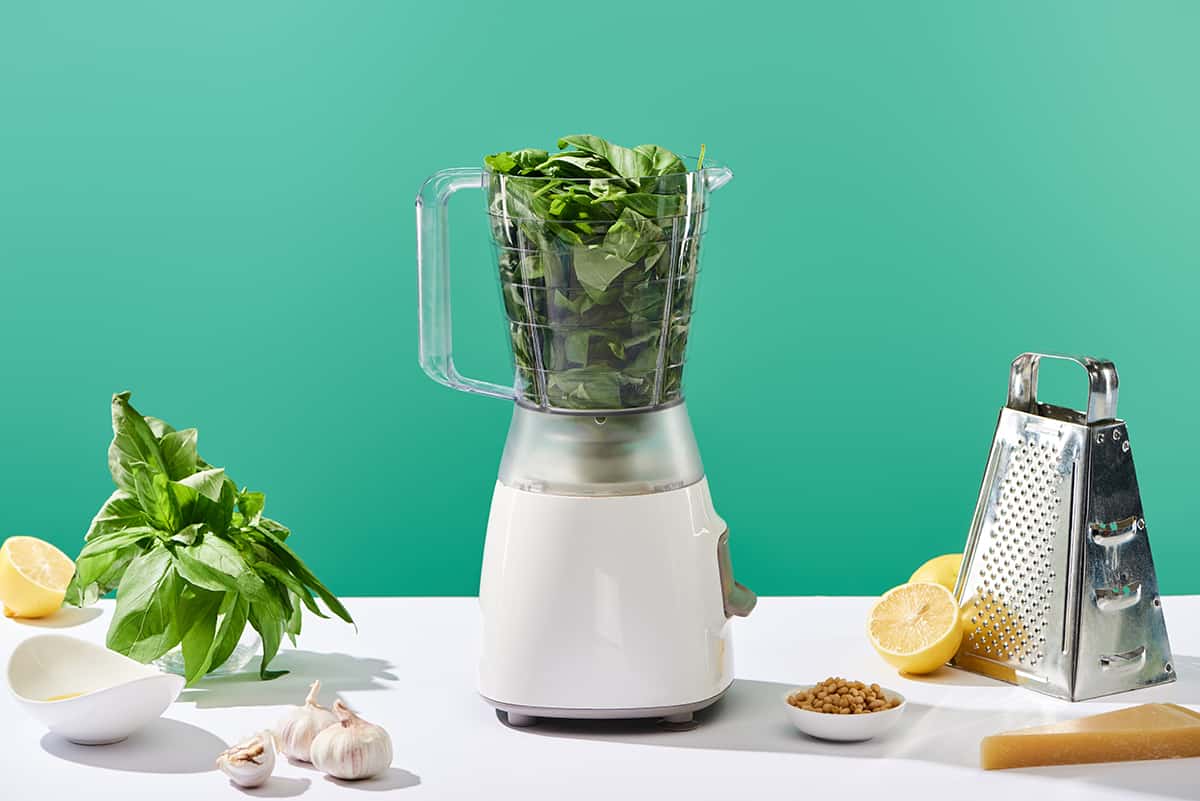
Many people have difficulty figuring out the differences between food processors and blenders, not food processors and stand mixers.
The main difference is that blenders are used for mixing ingredients with a liquid base, whereas food processors are used for breaking down solid ingredients into small, manageable bits. While the two appliances work almost identically, there is a difference between the two, albeit a small one.
With all that said, is it possible to use a food processor to make salsas, smoothies, and dips? Absolutely! The best part is that you might not even have to replace the standard cutting blade attachment in your food processor—just drop the ingredients through the feed chute and leave the motor running for a bit longer until the ingredients are thoroughly pulverized.
But can a blender be used in place of a food processor? Not really. The blades of a food processor can technically break down large ingredients into tiny chunks but not uniformly. If you leave the blender running longer, you’ll find mushy bits at the bottom with noticeably larger bits all over the inside of the blender’s bowl. So, slicing, dicing, and julienning are strictly out of the question as far as blenders go.
A Brief Guide for Choosing a Food Processor
Now that we understand the basics of a food processor and what it can and cannot do, let’s spend a few moments talking about finding the perfect food processor for your kitchen.
Powerful motor—Look for a unit with at least a 600W motor. The larger the motor is, the more efficient it will be at processing ingredients.
Bowl size—Food processors come in all sorts of sizes and styles. There are compact units that simply chop ingredients, while humungous food processors can perform all sorts of food-processing tasks.
Speeds—Most food processors will come with two speeds and a pulse button. The more speed settings there are, the more versatile the food processor. You will have full control over how finely or coarsely your ingredients turn out.
Number of attachments—Another factor that affects how versatile a food processor is, is its attachments. A greater number of attachments means you can perform all sorts of kitchen tasks, from kneading to julienning. If a food processor doesn’t come with all of the attachments you need, make sure that the manufacturer sells compatible attachments separately.
